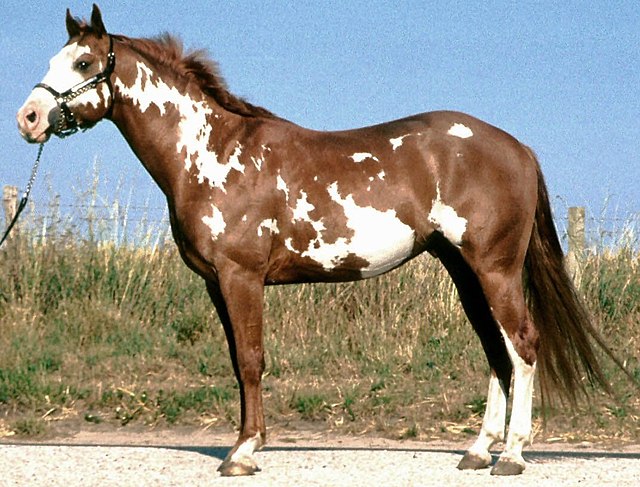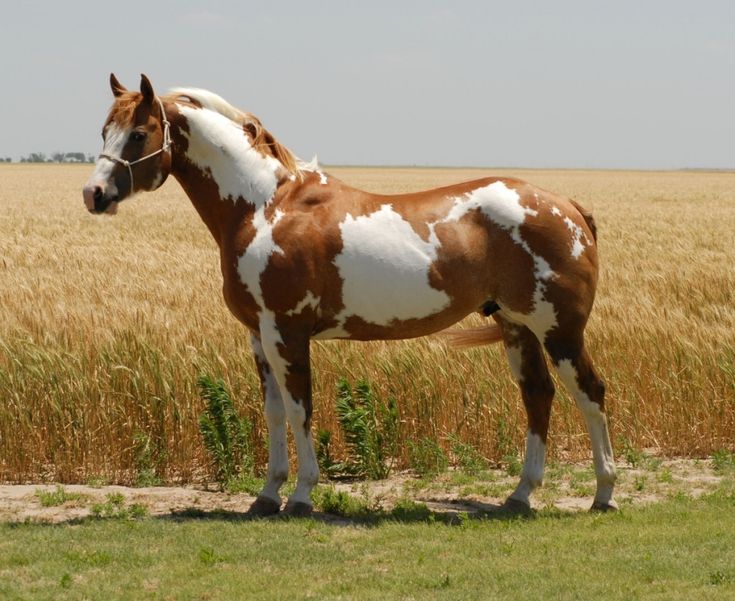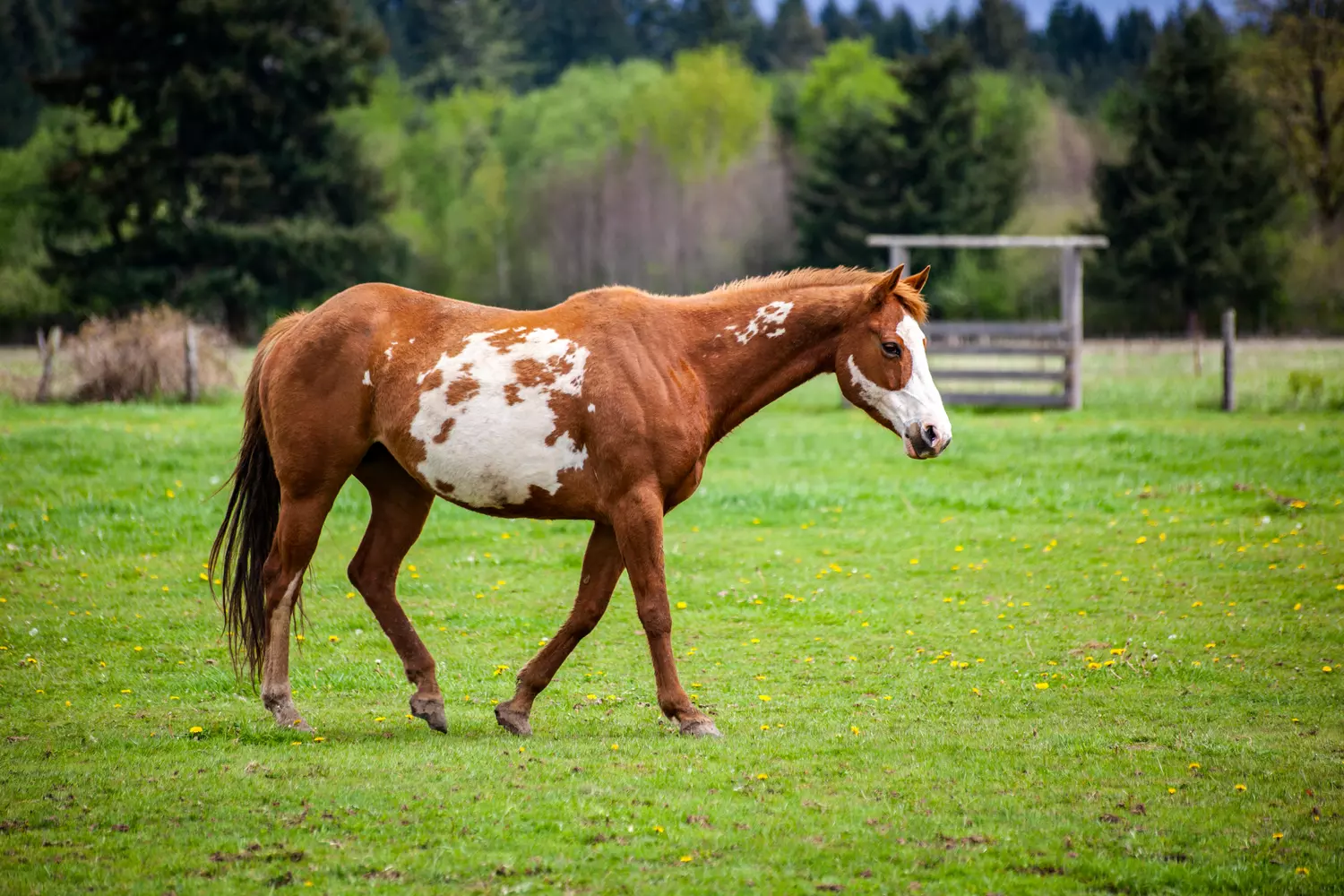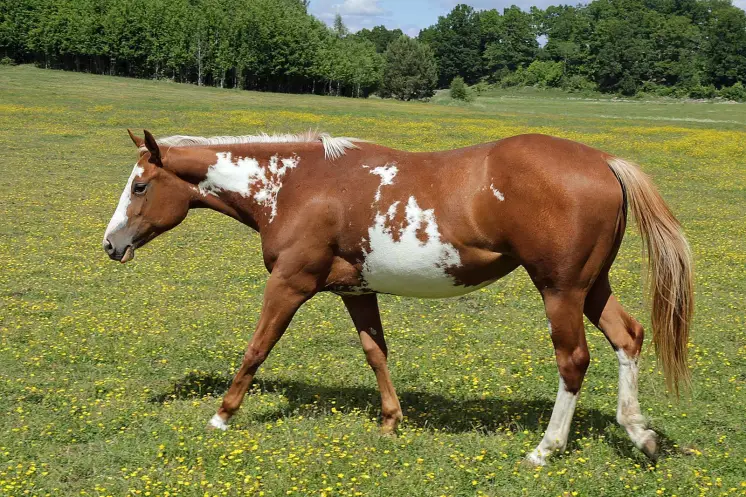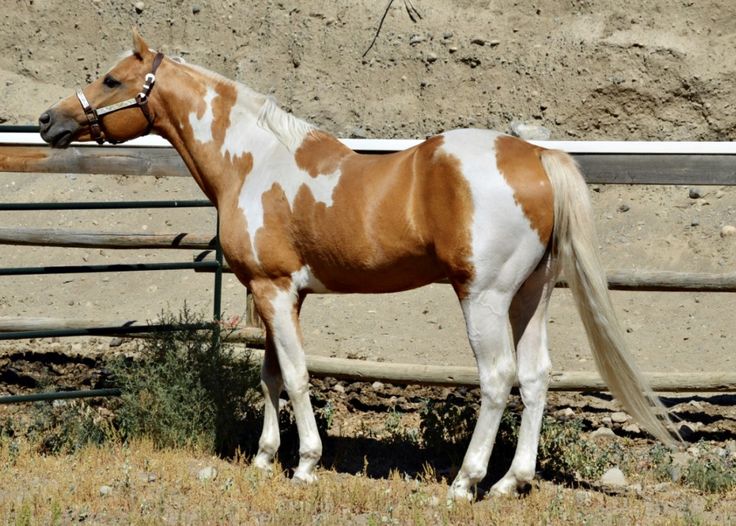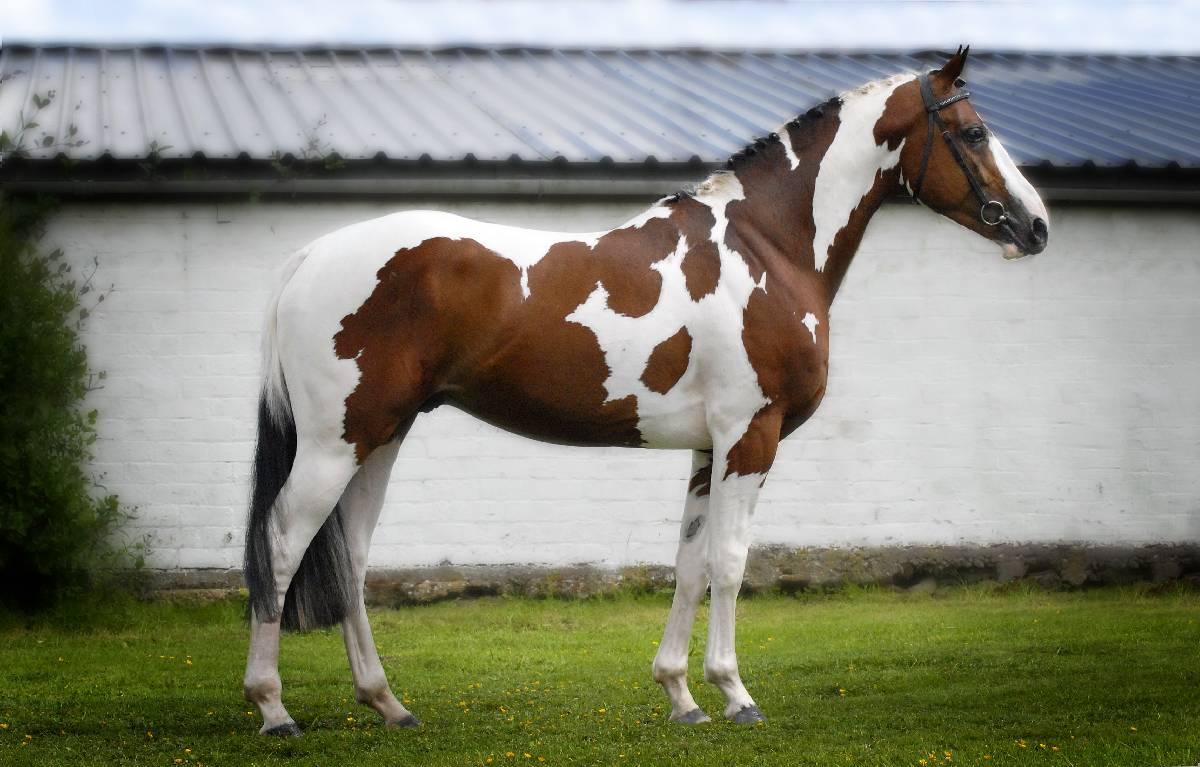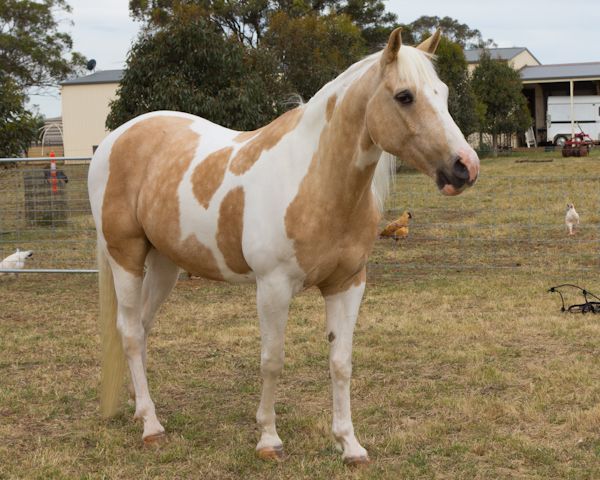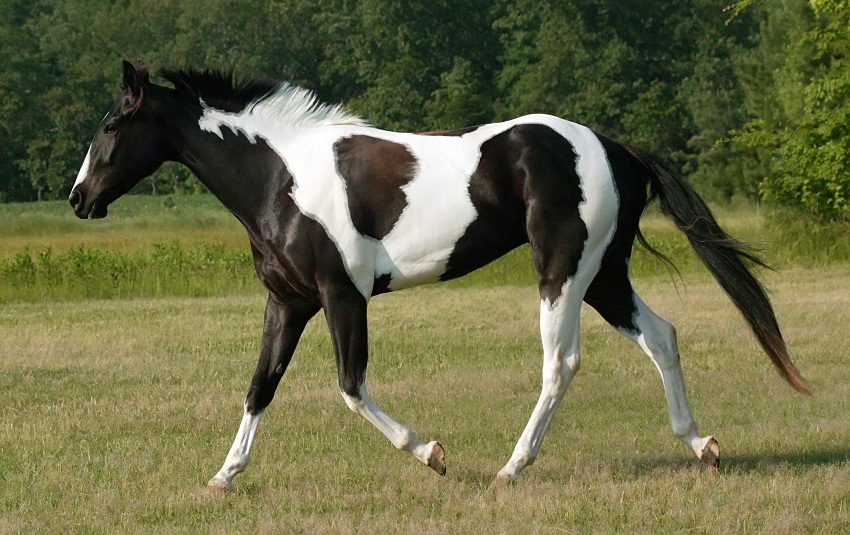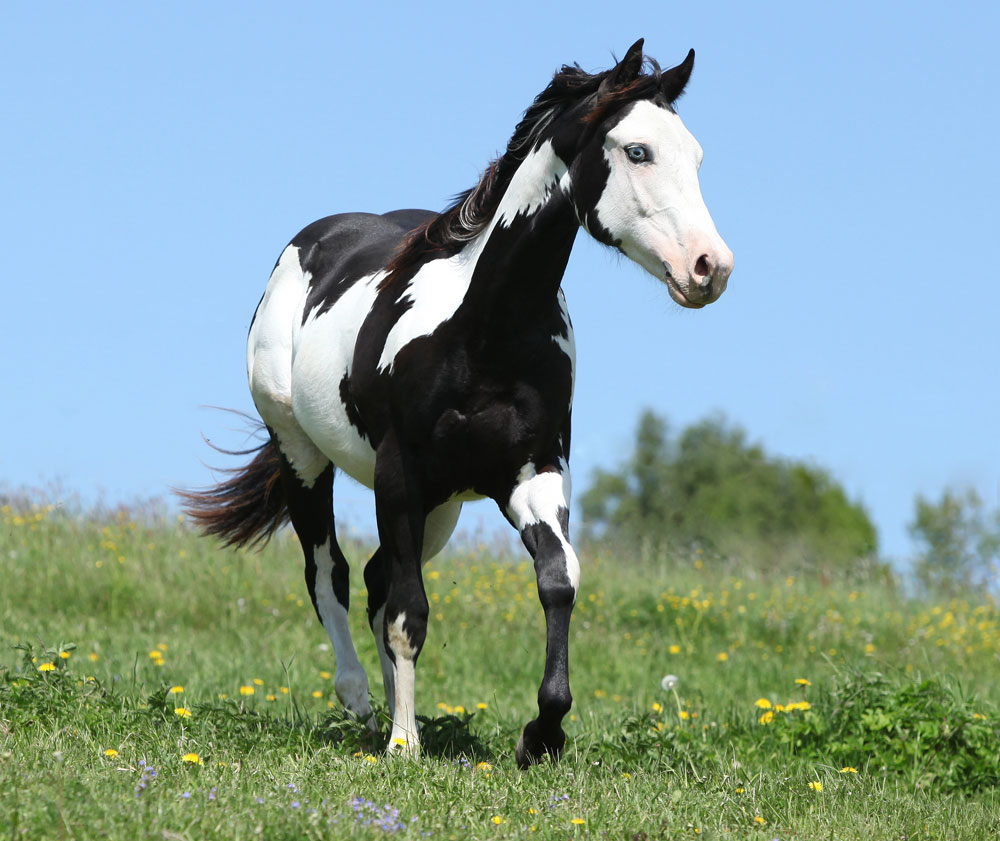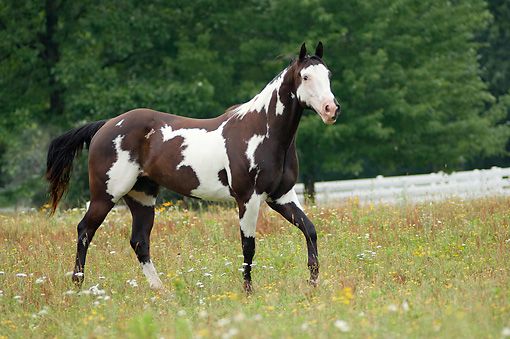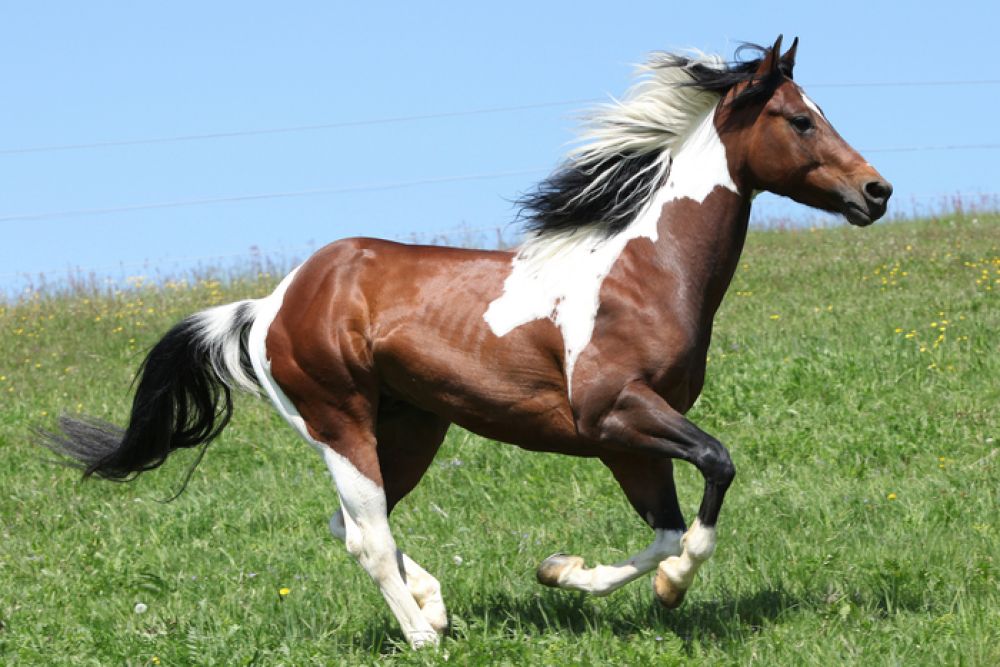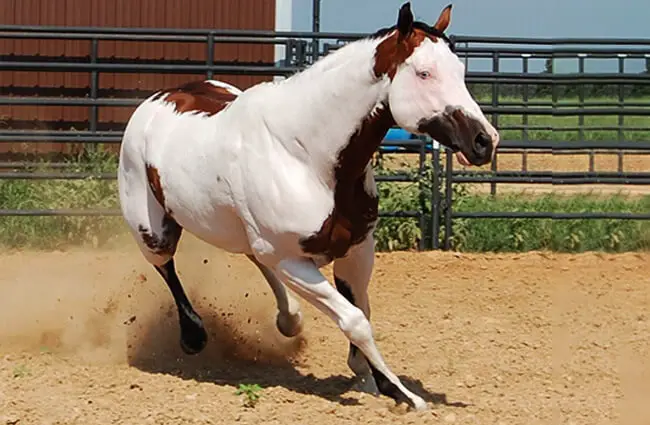Description
The Paint Horse: A Unique Blend of Beauty and Versatility
The Paint Horse is one of the most recognizable and cherished horse breeds in the United States, renowned for its striking coat patterns and gentle temperament. This breed combines the athleticism of stock horses with unique color patterns, making them not only aesthetically pleasing but also highly versatile in various equestrian disciplines. In this article, we will explore the history, characteristics, and uses of the Paint Horse, shedding light on why this breed continues to capture the hearts of horse enthusiasts around the world.
A Brief History
The origins of the Paint Horse can be traced back to the early Native American tribes of North America, who selectively bred horses with unique color patterns. These horses were often used for their strength, agility, and ability to perform in various roles, including transportation, hunting, and warfare. The Paint Horse as we know it today emerged in the late 20th century when breeders began to formalize the characteristics of this breed.
The American Paint Horse Association (APHA) was established in 1962, providing a platform for owners and breeders to register Paint Horses and promote the breed. The association also recognizes the Paint Horse as a distinct breed, requiring that horses meet specific criteria, including a certain amount of Thoroughbred or Quarter Horse bloodlines and distinct color patterns that set them apart from other breeds.
Distinctive Characteristics
One of the most defining features of the Paint Horse is its coat. Paint Horses are known for their striking coloration, which typically includes large patches of white and any other color, including black, brown, chestnut, and more. The breed is classified into two main types of color patterns: overo, which is characterized by irregular white patches that do not cross the horse’s back, and tobiano, where white patches tend to be more uniform and often cross the back.
In addition to their striking appearance, Paint Horses are also recognized for their physical attributes. They are typically muscular, compact, and well-proportioned, standing between 14.2 and 16.2 hands high. Their solid build and strong legs make them suitable for various riding disciplines, from western pleasure to jumping.
Temperament and Trainability
The Paint Horse is often praised for its gentle and friendly disposition. They are known to be intelligent, willing, and eager to learn, which makes them suitable for both novice and experienced riders. Their calm demeanor also makes them excellent companions for families and children.
Trainability is another strong point for the Paint Horse. Their intelligence allows them to pick up new skills quickly, and they often excel in various disciplines, including trail riding, dressage, reining, and barrel racing. With proper training and socialization, Paint Horses can become well-rounded equine partners.
Versatile Uses
The versatility of the Paint Horse is one of its most appealing attributes. These horses are used in a wide range of equestrian activities, making them suitable for various riders and disciplines. They are popular in western riding events, including rodeos and ranch work, but they are also increasingly recognized in English riding disciplines.
Paint Horses are commonly seen in:
- Western Pleasure: Showcasing their smooth gaits and calm demeanor.
- Reining: Demonstrating their athleticism and trainability.
- Barrel Racing: Thriving in speed and agility events.
- Trail Riding: Being excellent companions for leisurely rides through nature.
- Dressage: Proving their versatility by participating in classical riding events.
Conclusion
The Paint Horse is more than just a visually stunning breed; it is a testament to the enduring bond between humans and horses. With its unique blend of beauty, versatility, and gentle temperament, the Paint Horse has secured its place in the hearts of equestrians and horse lovers alike. Whether on the trail, in the show ring, or as a cherished family companion, Paint Horses continue to captivate us with their spirit and charm. As interest in this breed grows, so does the appreciation for their contributions to the equestrian world and their role in American history.
